#ms magazine
Text
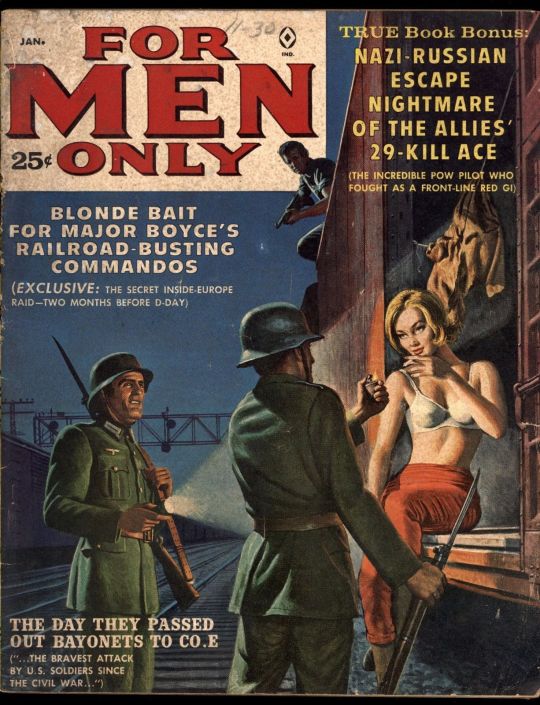
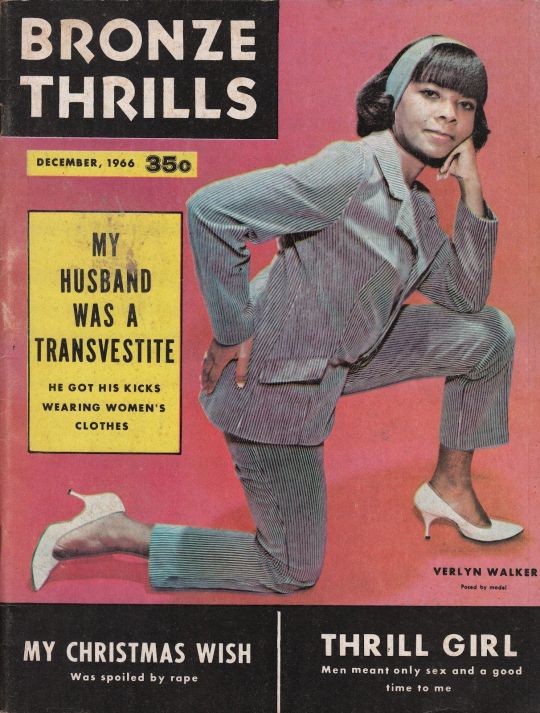


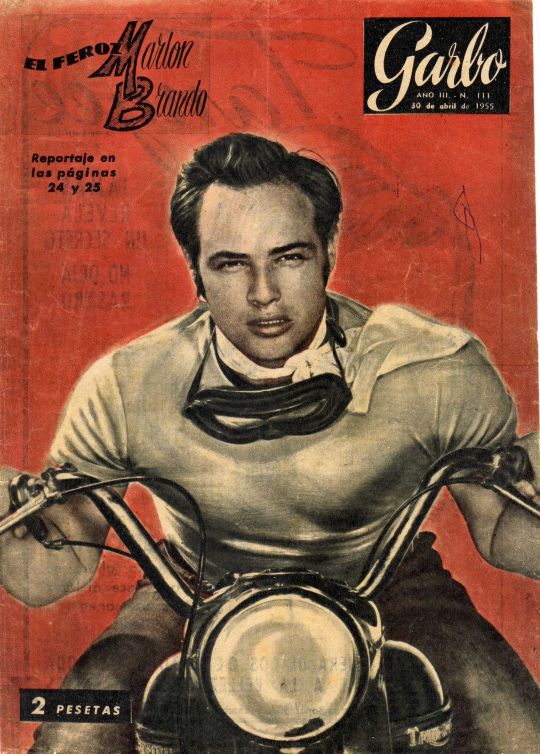
5 Random Magazines
#5 Random#5 Random Magazines#Magazines#Beatles#Paul McCartney#Bronze Thrills#Ms Magazine#Garbo#For Men Only#Dig Magazine#Music#Men's Adventure#African-American#Marlon Brando
9 notes
·
View notes
Text

“Woman Alive!” (1974-1977) was a collaboration between Ms. Magazine and PBS intended to show “the changing mood of women in America” and “the new possibilities, alternatives, and choices open to them and their families.” On April 15, 1977, “Woman Alive!” reported on the impact of the women’s movement across the US, with profiles of five women (clockwise from top right):
· Elaine Noble, lesbian feminist and Massachusetts state senator;
· Patricia Stevenson, pipeline worker for Atlantic Richfield’s Western Pipeline;
· Anne Follis, housewife working for passage of the ERA;
· Ruby Duncan, activist and co-founder of Operation Life, a nutrition program for small children; and
· Joan Joyce, star pitcher of the International Women’s Professional Softball League.
5 notes
·
View notes
Text
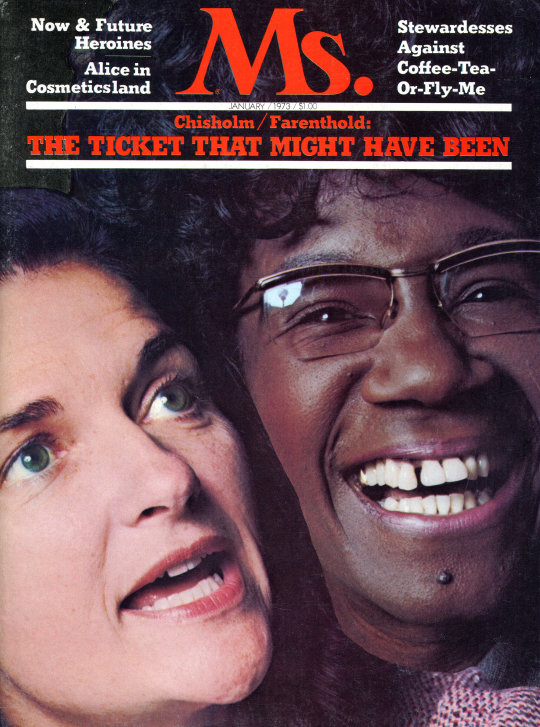
Frances Farenthold and Shirley Chisholm on the January 1973 cover of Ms. magazine
26 notes
·
View notes
Text
Ms. Magazine finally did another article on bisexual women in March 2023: on bi health for Bi Health Month.
I'd like to see more frequent coverage of bi+ women in Ms. on & other media platforms. We are a large & growing population.
#ms. magazine#ms magazine#bisexual#bi health#bi health month#bihealthmonth#bisexual health#bi women#bi+ women#bisexual women
17 notes
·
View notes
Text
yn pointing at kamala: I am adopting her and thats finale.
#avengers x indian!reader#avengers x desi!reader#x desi!reader#chubby!reader#plus size reader#ms magazine#avengers incorrect quotes#slutdreamspost
57 notes
·
View notes
Text
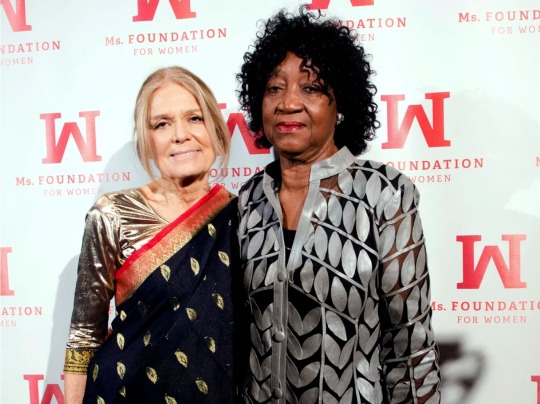
FILE - Gloria Steinem and Dorothy Pitman Hughes attend the Ms. Foundation for Women Gloria Awards at Cipriani 42nd Street in New York, May 1, 2014. Scott Roth/Scott Roth/Invasion/AP
Dorothy Pitman Hughes, a pioneering Black feminist, child welfare advocate and lifelong community activist who toured the country speaking with Gloria Steinem in the 1970s and appears with her in one of the most iconic photos of the second-wave feminist movement, has died. She was 84.
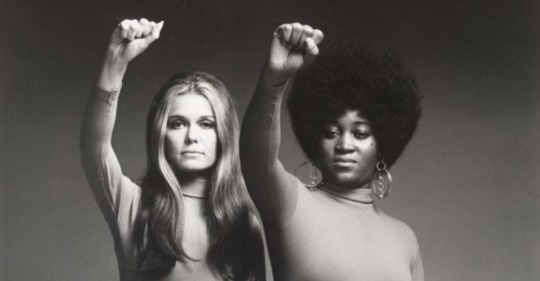
#Dorothy Pitman Hughes#11 december 2022#Rest in power#Feminist activist#intersectional feminism#Feminism#Ms magazine#Blm#Black women#Black leaders#celebrity death#tw celebrity death
3 notes
·
View notes
Link
#article#ms magazine#a league of their own#tv shows#tv#cultural critique#Society and Culture#pop culture#cultural criticism
3 notes
·
View notes
Text
Ms.
Anyone else watch the Ms Marvel teaser thing on Disney+? It's short and basically about how cute Iman Vellani is.
BUT I was distressed to hear Kevin Feige (and some others) pronounce it "Miss Marvel".
I see a lot of fake fanboys do this on the internet. It drives me up the wall. Except they actually type "Miss Marvel" instead of just mispronounce. Sometimes I think they do it on purpose to make me mad because they hate feminism or whatever.
But then I also met some young women once who just thought Ms was short for Miss and didn't realize it was different. It was created to be like Mr., an honorific not based on your marital status (as Miss means a unmarried woman and Mrs is a married woman).
So, if you don't know:
Marvel writers were specifically referencing the feminist movement's adoption of this title, as well as Ms Magazine, when they created "Ms Marvel" (then Carol Danvers).
Some history. It is properly pronounced "Miz".
5 notes
·
View notes
Text
First this
Now this
Men have enough support from society in violating women’s spaces without this.
#Washington Post#MS magazine#Protect women’s spaces#Why don't the TQ+ just create their own society?#Oh wait#The TQ+ don't want to create anything for their own#They want to take from what women have created#The first dude was literally a large intact dude creeping on the women in the house
1 note
·
View note
Link
Dec 11, 2022
The pioneering Black feminist Dorothy Pitman Hughes, a community activist who co-founded Ms magazine with Gloria Steinem and appeared with her in one of the most iconic photos of the second-wave feminist movement, has died. She was 84.
Born Dorothy Jean Ridley on 2 October 1938, in Lumpkin, Georgia, Hughes organized New York City’s first shelter for battered women. She also co-founded the New York City Agency for Child Development to broaden childcare services in the city.
She moved to New York City in the late 1950s and worked as a salesperson, nightclub singer and house cleaner. By the 1960s she had become involved in the civil rights movement, working with Martin Luther King Jr and Malcolm X.
She set up the West 80th St Community Childcare Center, where in 1968 she met Steinem, who was then a journalist writing a story for New York Magazine. They became friends and from 1969 to 1973 spoke across the country on gender and race issues. In 1972, they co-founded Ms.
Hughes in 2000 detailed her life experience in a book titled Wake Up and Smell the Dollars! Whose Inner-City Is This Anyway!: One Woman’s Struggle Against Sexism, Classism, Racism, Gentrification, and the Empowerment Zone.
In Ms, Laura L Lovett, whose biography of Hughes, With Her Fist Raised, came out last year, said Hughes “defined herself as a feminist, but rooted her feminism in her experience and in more fundamental needs for safety, food, shelter and child care”.
(selected segments of the article)
#Dorothy Pitman Hughes#rip#1960s#1970s#american sex and gender issues#icons#female heroes#civil rights#civil rights movement#american feminism#feminist history#second wave#child care#The Guardian#ms magazine
1 note
·
View note
Text
1 note
·
View note
Text
New Post has been published on Books by Caroline Miller
New Post has been published on https://www.booksbycarolinemiller.com/musings/of-human-bondage-2/
Of Human Bondage

If past practices are a justification for anything, then slavery should be legal. Slavery existed long before the birth of Christ, and several passages in the Bible sanction the institution. Many of us may think slavery is illegal in the modern world. But, those of us who do are wrong. Nearly half of existing countries have no laws against slavery and do not punish those who engage in it. Over 10,000 slaves are estimated to be entrapped in England, alone. In the United States, the non-profit organization Exodus Road estimates 400,000 slaves suffer in plain sight. Slavery’s victims are impoverished people lured to foreign destinations with the promise of work. When they arrive in their new country, few of them speak the prevailing language and know nothing of its customs, or laws. Denied their passports from the outset, they are a the mercy of unscrupulous traffickers who beat and bully them until they agree to work in the sex trade or as factory or domestic servants. Poverty makes slaves of natural-born citizens as well. The growing gap between rich and poor has become wide enough to swallow middle-class professionals who work in high-income and resort areas. Surrounded by conspicuous consumption, teachers, policemen, and firefighters struggle to find affordable housing. Most of them don’t. They live in their cars, RVs, or tents. Some work two jobs while the rich buy two houses. Though they aren’t subjected to physical abuse, these employees endure the indifference of those whom they serve. Veterans suffer a similar fate. Recently, their health care benefits became political fodder in a power game between Democrats and Republicans. Comedian Jon Stewart charged these so-called leaders with callousness, people who see veterans not as human beings but as the lowest hanging fruit in their political games Women have a long history of living as chattel. For centuries, coverture deprived them of their property and their freedom. Patriarchy, according to Catholic and Evangelical doctrine, confers upon men a God-given right to dominate women. In the United States that legal yoke remained in place until early in the twentieth century. Supreme Court Justice Samuel Alito appears to prefer the old ways. Raised as a Catholic, he is comfortable with his decision to overturn Roe v Wade, a 50-year-old precedent that said the right to an abortion was protected by the 14th Amendment of the U. S. Constitution. He denied that interpretation, saying his predecessors misconstrued the language. His subsequent remarks on the subject suggest his religious belief shaped his conclusion. In public appearances, he’s called for “positive law,” one that defends religious freedom in an “increasingly secular society.” His goal, he admits, is one of conversion: to convince those who do not identify with a faith, or view it as a negative, that religious freedom is worth protecting. Solicitous of his religious freedom, Alito is willing to trod on a woman’s freedom to seek medical care. U. S. Attorney General Merrick Garland views that position as overreach. To prove it, he has taken Idaho to court, challenging its draconian anti-abortion legislation. It violates the provisions of EMTALA, a federal law that governs medical emergencies, he argues. The success of that suit notwithstanding, Alito’s religious freedom argument is spurious. Catholics and Evangelicals might be satisfied with legislation that says personhood begins at the moment of conception, but what about other faiths? Rabbi Danya Ruttenberg says her religious duty lies in preserving the life of the mother. A conflict like this one has drawn Jewish, Buddhist, and Unitarian leaders together. According to them, abortion bans violate their religious freedoms. Atheists object, as well. They see no reason to be bound by any religious tenet. On another level, abortion bans hurt the economy. The summer edition of Ms magazine notes that pulling women out of the workforce during their productive years slows the GDP and throws scores of these workers into poverty. (“Bad Business,” Linda Burstyn, Ms, Summer edition, pg. 21.). Already, states that ban abortion are experiencing a brain drain. Young, educated women are voting with their feet, moving to escape discriminatory laws. Others are refusing employment where those laws exist. (Ibid, pg. 21.) Likewise, universities and colleges affected by the ban are bracing for enrollment declines. (Ibid, pg. 23.) Turning back the clock on women’s rights won’t be easy. Females are half the population and, as we saw in Kansas, they vote. What’s more, Alito’s veiled attempt to give political credence to the narrow view of one religious sect doesn’t widen religious freedom. It narrows it. As a member of the highest court in the land, the judge would serve his country better if he focused his attention less on Christianity and more on the delivery of liberty and justice for all. (Reprint from 8/9/2022)
#14th Amendment#a woman's right to health care#abortion vote in Kansas#coverture#EMTALA#history of slavery#Linda Burstyn#Merrick Garland sues Idaho#middle class slavery#Ms magazine#patriarchy#patriarchy and religion#poverty and slavery#religious diversity in the U. S.#religious overreach#Roe v Wade#Samuel Alito#slavery#unaffordable housing#women as slaves
0 notes
Link
Earth Day occurs every year on April 22 and is a celebration of the modern environmental movement. An Earth Day challenge encourages the public to take their climate action to the next level. However, concern about the health of our planet must include concern for its people. Hate crimes against Asian Americans have increased by 339 percent, and 74 percent of Asian American and Pacific Islander (AAPI) women personally experience racism and/or discrimination. But environmental organizations have remained silent.
The Stop AAPI Hate movement is directly connected to the fight against systems of oppression like white supremacy that harm the environment. To achieve environmental justice, intersectional racial justice can’t be an add-on or an afterthought. A purely ecological agenda for Earth Day isn’t enough: Racial justice must be prioritized.
…
In second grade, I was sitting on the ground at recess intently looking for treasures to add to my prized rock and shell collection. A peer approached me and pulled back the corners of their eyes and said, “You’re really weird! It’s weird that you’re digging around in the dirt!” I felt like the air was knocked out of me and hot tears began to stream down my face. My joy for the environment immediately was taken, and I was told I didn’t belong.
…
White supremacy is not only the root of all race-based violence but it has also shaped the environmental movement and perceptions about conservation. It is an ideology promoting white people and the ideas, thoughts, beliefs and actions of white people as superior to those of people of color. The system of white supremacy also refers to interlocking systems and institutions: Political, economic, social, cultural, educational and more. In these systems, white people have more structural advantages, collectively and individually. White supremacy is ingrained in systems, including the environmental movement with prominent white male founders.
John James Audubon, the founder of The Audubon Society, was a slaveholder. John Muir, the founder of The Sierra Club, described Native American and Black people as “dirty, lazy and uncivilized.” When promoting National Parks in 1901, he assured prospective tourists that, “as to Indians, most of them are dead or civilized into useless innocence.”
Following the Green Movement’s racial reckoning in 2020, The Sierra Club acknowledged its historical role in perpetuating white supremacy. However, the larger issue extends beyond just environmental organizations and centers around how society views the environment.
…
With the White House Council on Environmental Quality’s recent actions to remove race in favor of a “neutral” approach, racial justice efforts are also threatened. The dehumanization of Asian Americans and the racialized misogyny experienced by AAPI women are driven by white supremacy. Combating white supremacy and systemic racism is directly connected to achieving environmental justice. The mainstream environmental movement must prioritize racial justice and the safety of AAPI women beyond heritage months and obligatory check-boxes: Planetary success depends on it.
[@mitigatedchaos]
0 notes
Text
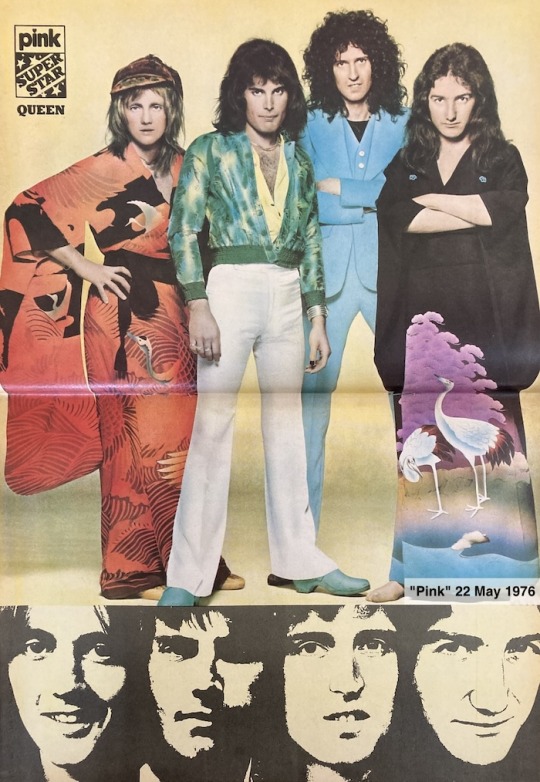
Via skip_skip_sheep on X (Twitter).
87 notes
·
View notes
Text





Iman Vellani for Grumpy Magazine
121 notes
·
View notes
Text
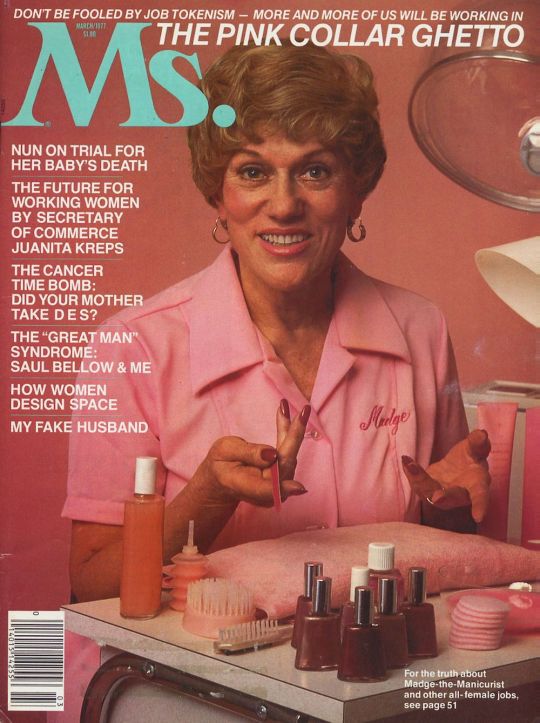
Vintage Magazine - Ms. Magazine (Mar1977)
#Magazines#Ms#Madge The Manicurist#Jan Miner#Advertising#Vintage#Women#Ads#Commercials#1977#1970s#70s#Palmolive
75 notes
·
View notes